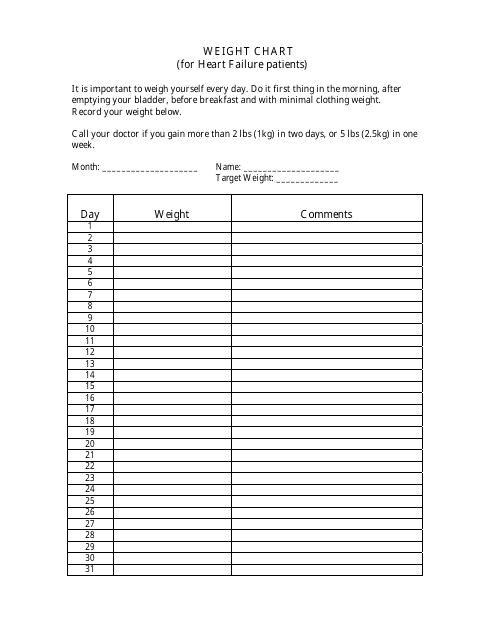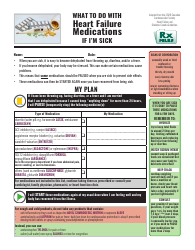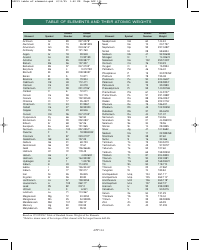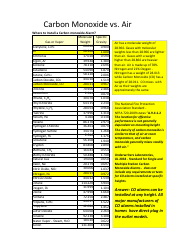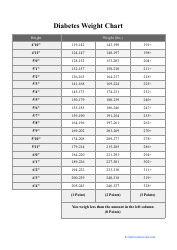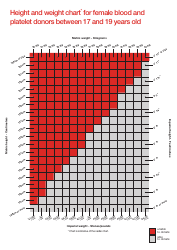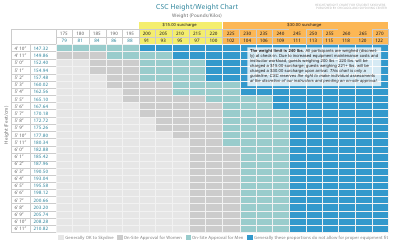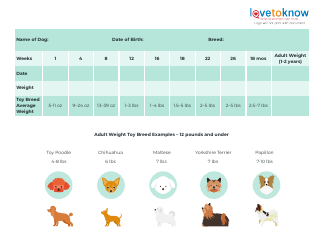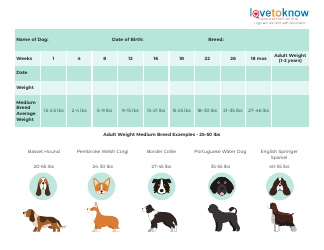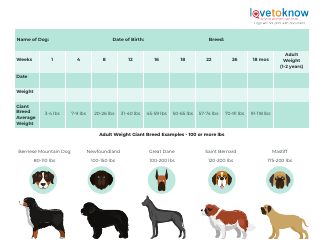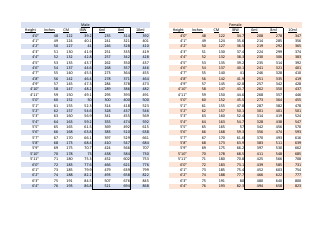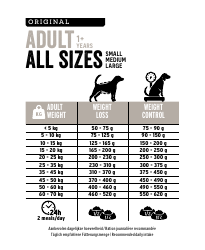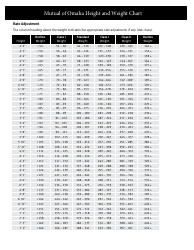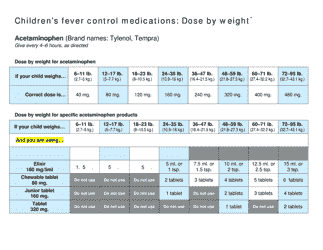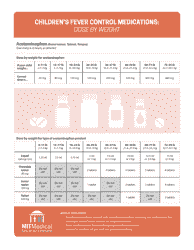Weight Chart (For Heart Failure Patients)
A Weight Chart for Heart Failure Patients is a tool used to track changes in body weight over time. It helps monitor fluid retention, which is a common symptom of heart failure. By regularly weighing themselves and recording the results, patients can alert their healthcare providers to any significant weight gain or loss, which may indicate a worsening condition or the need for medication adjustments.
The weight chart for heart failure patients is typically filed by the healthcare provider or the medical facility where the patient is receiving treatment.
FAQ
Q: What is a weight chart for heart failure patients?
A: A weight chart for heart failure patients is a tool used to monitor changes in weight as a way to manage the condition.
Q: Why is weight monitoring important for heart failure patients?
A: Weight monitoring is important for heart failure patients because sudden weight gain may indicate fluid retention, which can lead to worsening symptoms.
Q: How often should heart failure patients check their weight?
A: Heart failure patients should check their weight daily at the same time, preferably in the morning before eating or drinking anything.
Q: What weight changes should heart failure patients be concerned about?
A: Heart failure patients should be concerned about sudden weight gain of 2-3 pounds or more in a day or 5 pounds or more in a week.
Q: What should heart failure patients do if they notice significant weight gain?
A: If heart failure patients notice significant weight gain, they should contact their healthcare provider immediately for further evaluation and treatment adjustments.
Q: Are there any other symptoms to watch out for besides weight gain?
A: Yes, heart failure patients should also watch out for worsening shortness of breath, swelling in the legs or ankles, and increased fatigue.
